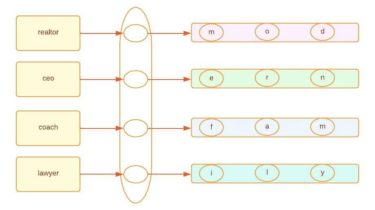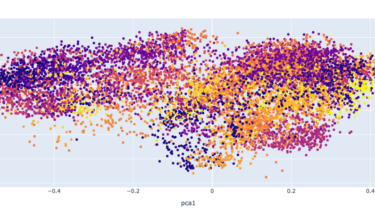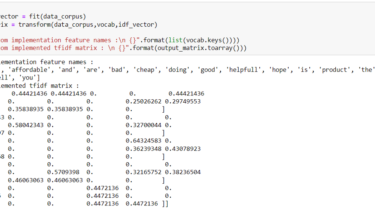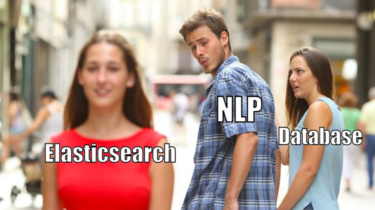Word2Vec on 100GB+ Datasets — 10X faster and 50X Less RAM!
A sick word2vec joke! Gensim Word2Vec has been the most popular word embedding model for years. It hardly takes 5 lines of code to process raw text, train the model from scratch, and perform essential functions
Read more








